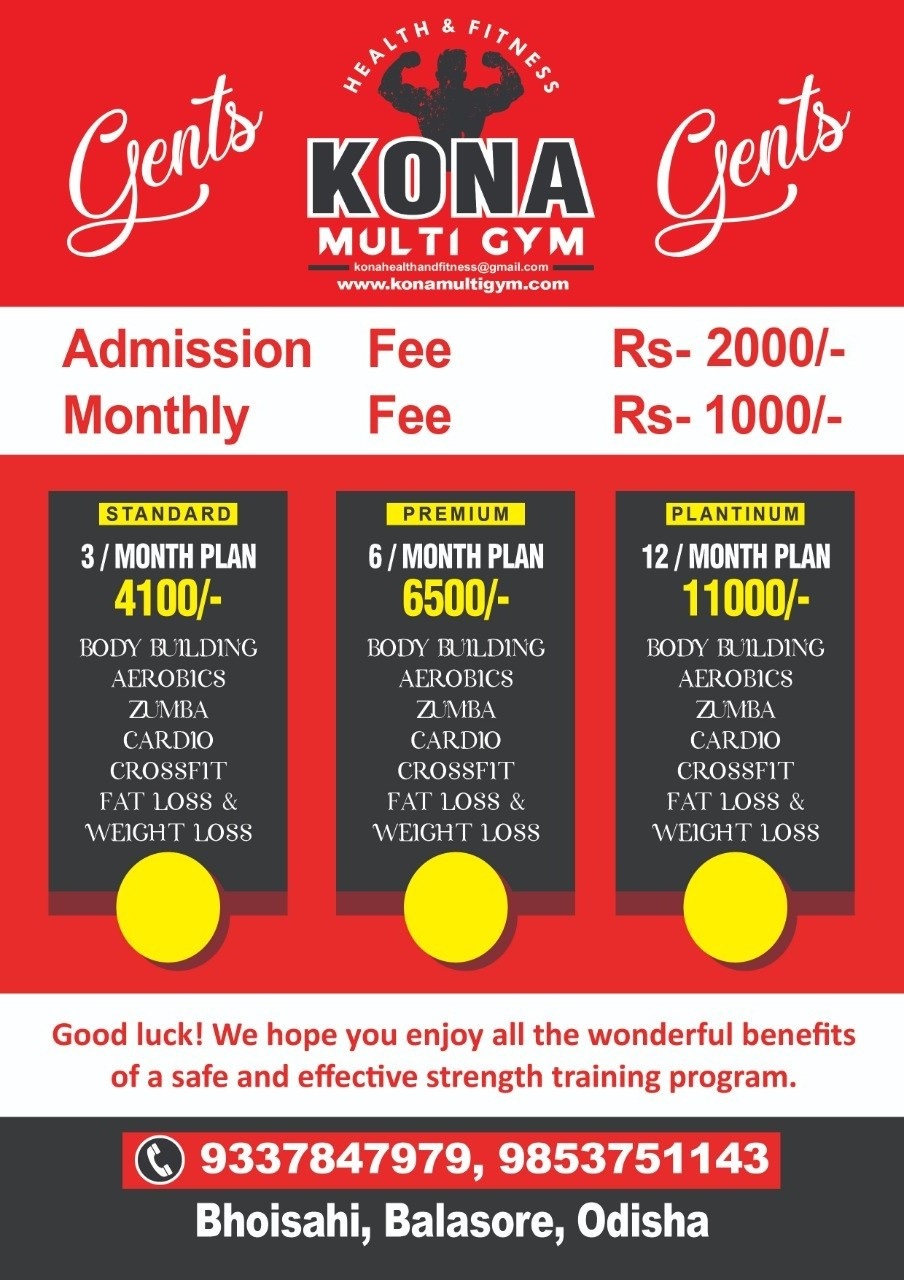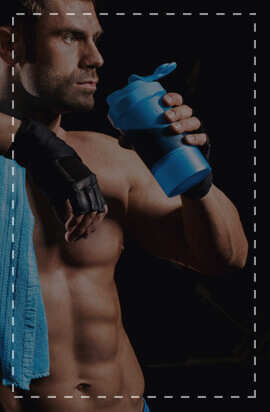Bring your membership card with you to scan at the front desk, get through entrance gates at the changing rooms and Gym, and to use an electronic locker.
2. Proper sports wear
To train in the gym you need to bring proper sports clothing and clean sports shoes. Training in jeans, wearing boots, heels, flip flops, barefoot or on socks is not allowed. Taking of shoes is only allowed on the red mats for streching and foam rolling. Please bring proper shoe wear for squats, deadlifts, etc..
3. Use a towel
Bring and use a towel for hygiene and to keep yourself and the equipment dry. If you forgot to bring a towel, you can (and will be asked to) rent one at the front desk. The collected money will be donated/used for charity.
4. Bring a water bottle
Stay hydrated during your training and fill your bottles at our water tap in the gym. Usage of cups or non-sealable drinks is not allowed.
5. Changing area
We have designated areas for clothing and shoe changes. Please do not use the gym as your personal changing area.
6. Bags and personal belongings
Store your bags and personal belongings in the electronic lockers downstairs next to the changing rooms. Bags, coats and other non-training related items are not allowed in the gym.
7. Safe training
You are responsible for your own personal safety in the gym. Please be aware that you are in a space with heavu equipment and need to be cautious. Ask for a spot when you are lifting weights over your head and face or when you are lifting to failure. Always make use of safety clips on barbell exercises to prevent plates from sliding off. Not sure about safety of an exercise or how to perform a specific exercise with proper technique? Ask the instructor!
8. Flow of traffic
Especially for free weight exercises, make sure you have enough space and also leave enough space for others to train safe and comfortable.
9. Sharing equipment
In a gym, equipment is considered communal property. So please be friendly to other members and share equipment when it's crowded or when requested. You can easily alternate with another person while training and resting using either machines or free weights.
10. Cleaning up and storing equipment
To keep the gym safe and cleaned up, you should store the equipment you have used properly. Put plates, weights, bars, clips and other training equipment back where it should be.
11. Cleaning cardio equipment
Please clean the cardio equipment after usage. Don't leave it al sweaty for the next person, but wipe it clean with the provided cleaning solution and a towel.
12. Damage and dirt
Training in a manner that will damage to the facility or training materials is strictly forbidden. If you are not sure about an exercise, then ask the instructor! • Throwing or thrashing weights or plates on the floor is not allowed • Please keep your shoes/feet of the walls and of the leather padding of equipment
13. Excessive behavior
Please take into account that you are not the only one in the gym and your behavior can influence other members. Aggressive or annoying behavior such as screaming, yelling, roaring is not allowed and will be addressed.
14. Respect the Kona Multigym staff members
The gym instructors are recognizable by their I card & T-shirt and a name. They are in charge of the gym and are present to provide a safe and comfortable training area while helping you get the most out of your workout. Respect our staff members and listen to their advice.
Safety Precautions and Basic Gym Safety
1.) Get a complete physical checkup before you start a strength-training program. You might have to modify or avoid weightlifting if you have muscle or joint problems, seizure disorders, heart disease, high blood pressure, previous injuries or any other physical condition with potential for danger.
2.) Be sure to always integrate warm-ups, stretching, and cooling- down into your program. This will reduce your risk of injury by increasing your blood flow and prepping your muscles for the work they are about to do. Using the proper lifting form is important not only to work your muscles correctly, but also to prevent injury. Always do your exercises through a full range of motion in a slow, controlled manner.
3.) When beginning a new weightlifting program--or any time you try a new exercise--always start out using light weights. It is far better to start out too light than too heavy. Choose a weight that you are sure is light and do a warm-up set of 15 repetitions, while perfecting the correct lifting technique. If the weight is too easy for 10 to 12 reps--in keeping with your goals--add a little more weight and gradually increase that weight within the next few weeks.
4.) Going to total muscle fatigue with a challenging weight is not useful objective in your first few weeks. When trying a new lift or starting a new routine, the objective is to practice and perfect your technique, and to learn how to concentrate on the muscle you are exercising.
5.) Proper breathing is essential in weightlifting. If you hold your breath while lifting a weight, you run the risk of raising your blood pressure and starving your brain of oxygen. You should try to exhale during the "positive," or main exertion phase, and inhale during the "negative," the phase in which you resist and come back slowly. If this becomes too confusing or takes away from your concentration on the lift, don't worry about it--just remember to breathe.
6.) Do not leave equipment lying around the weight room where someone could trip over it. Always use the collars that prevent weights from falling off the barbells. Be sure to keep your hands away from the chains, cams, pulleys, and weight plates of exercise machines when they are in use. Also, when selecting the weight for a machine exercise, be sure to push the pin in all the way. Be sure to wear a weightlifting belt on exercises that place stress on your lower back, such as bent-over lifts like squats, or barbell rows.
7.) Consider having a spotter. Having a spotter is important not only for safety reasons but also for performance enhancement. Few things work as well as a conscientious, knowledgeable spotter or workout partner who demands proper technique and full effort on every exercise set and repetition. An effective spotter gives encouragement, technique, feedback, and just enough assistance to permit completion of that final, difficult, repetition. No matter what your goal reps are, each set should end with the last repetition being challenging; you should try to go to muscle fatigue. Given this goal, there is always the chance that when trying for a final repetition, you just can't do it all on your own. This is where your spotter comes in--helping you just barely finish that last rep, and assuring you of your safety.
8.) If you do not have a workout partner at first, we strongly recommend trying to find someone with similar goals and interests to work out with you. This will not only help assure safety and motivation, it will also help you make it to the gym more often. If you aren't working with a partner at a gym, either ask a staff member or someone who looks experienced for a quick "spot". Most people will be happy to help you. Be sure you and your spotter have a plan so that each of you knows exactly what the other will do in case you need assistance.
9.) It is also important that you know how to correctly spot someone to assure his or her safety. When spotting someone, always be prepared to give a little assistance when they reach muscle fatigue (cannot complete the rep on their own). You don't want to help so much that the rep becomes easy for them to complete--give just enough assistance so that they can complete the set, but it is still challenging for them. Also, only provide assistance on the positive phase (the part that requires the pushing or pulling motion). Still have your hands ready to help, but don't help with the negative phase (the part where you resist the weights force)--the lifter should try to slowly resist the force of the weight all on his/her own. -When spotting someone, who is using a barbell, be sure to use two hands and provide assistance evenly on the bar so you don't throw off their balance or favor one side more than the other. -When spotting someone, who is using a dumbbell, be sure to provide assistance in the same place for both hands and the same amount of assistance on each side. -When spotting someone who is using a machine provide assistance underneath the weight--be sure to move hands on the negative phase (down phase with resistance) not only to promote effective results for the lifter but also to assure your safety. Strength training provides many important benefits that cannot be achieved by any other exercise or activity. However, when enjoying this great form of exercise, be sure to adhere to these precautions so that your program is not only effective, but safe as well.
Good luck! We hope you enjoy all the wonderful benefits of a safe and effective strength training program.
KONA MULTI GYM BALASORE








